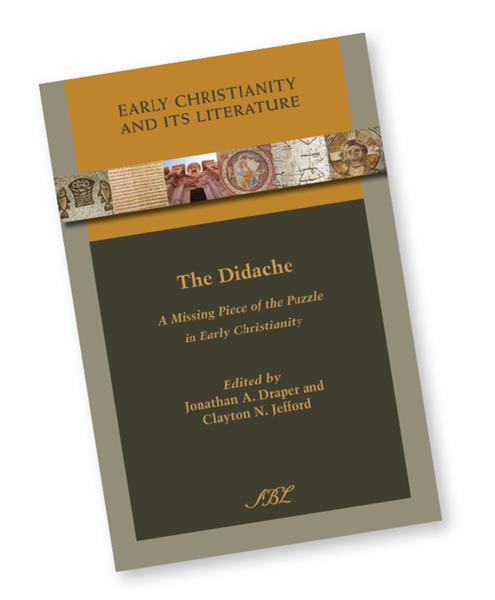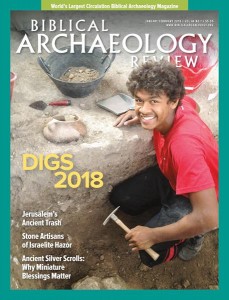
The Didache, also known as the Teaching of the Twelve Apostles, is mentioned by several church fathers of the fourth century, but it was not available to scholars until 1873 when it was discovered in an 11th-century Greek codex. In the decades since, other sources have been found, including fragments in Greek and Coptic, a complete Georgian translation, and excerpts in Latin, Ethiopic, and Syriac. Scholars are still divided over its origins, with suggested dates ranging from prior to 50 C.E. to the third century. However, they are largely united in characterizing the Didache as a composite work, combining a set of moral instructions about the “Two Ways,” which juxtaposes the “way of life,” or a manual of church order and practice, and the “way of death,” or an apocalypse.
Jonathan A. Draper and Clayton N. Jefford’s essay collection is intended as a capstone for the efforts of a series of seminars on the Didache held at the annual meetings of the Society of Biblical Literature from 2003 to 2011.1 In his introduction, Jefford calls the Didache “a hobby interest for only a scattered few scholars” and laments that nonspecialists have only vague notions about its role within early Christianity.
Already a library member? Log in here.
Institution user? Log in with your IP address.

